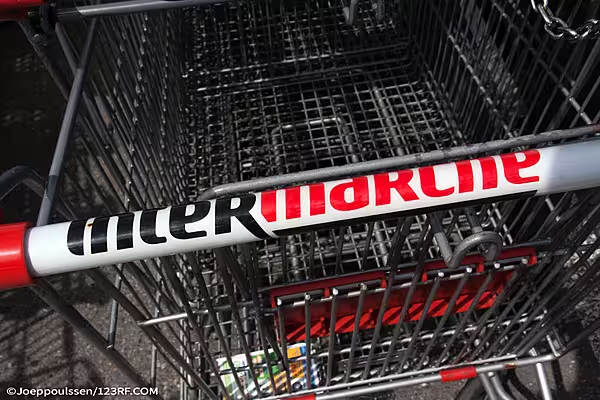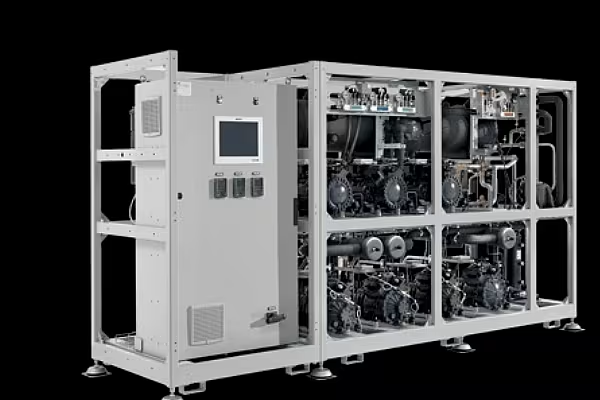Don’t hold your breath waiting for a drone to drop off that order from Amazon.com Inc. or that large pepperoni pie dinner from your favourite pizza joint.
The US government’s first attempt at widespread approval for the use of small unmanned aircraft could change how some everyday business activities get done, bridge inspections being one. It may produce at least $100 million in economic benefits, according to an analysis by President Barack Obama’s administration.
What it won’t allow are the kind of autonomous flights envisioned by companies including Amazon.com, Google and Alibaba. At least not yet. Even the initial uses are at least two years away.
“This is not the last word, by any means,” Michael Huerta, chief of the US Federal Aviation Administration, told reporters on a conference call Sunday from Washington.
For the time being, the FAA has concluded that small drones for hire must be flown within sight of an operator and away from crowds for safety reasons.
Those restrictions will not only prevent Amazon’s Prime Air from making deliveries by drone, they may limit other uses companies were awaiting, such as long-range pipeline inspections and news-media photography of public events, according to Patrick Egan, an editor at the informational website suasnews.com, who participated in the industry committee that advised the FAA on the rule proposal.
“It is pretty limiting, but we need to open the door somewhere,” Egan said in an interview.
The FAA identified at least four areas where it said small unmanned aircraft can be beneficial: photography, agriculture, law enforcement and search and rescue, and inspecting structures such as bridges and telecommunications towers. The Washington-based Small UAV Coalition, which represents Amazon and Google, said the proposal while welcome was too cautious on several fronts.
“The FAA needs to begin and expeditiously complete the formal process to address the needs of our business, and ultimately our customers,” Paul Misener, vice president of global public policy for Amazon, said in an e-mailed statement. “We are committed to realizing our vision for Prime Air and are prepared to deploy where we have the regulatory support we need.”
The regulations may not be completed until 2017 at the soonest, Gerald Dillingham, the Government Accountability Office’s director of physical infrastructure issues, told Congress at a 10 December hearing.
“This is a good first step in an evolutionary process,” said Brian Wynne, president and chief executive officer of the Arlington, Virginia-based Association for Unmanned Vehicle Systems International. The rule was “long overdue,” he said.
Bloomberg News, edited by ESM














